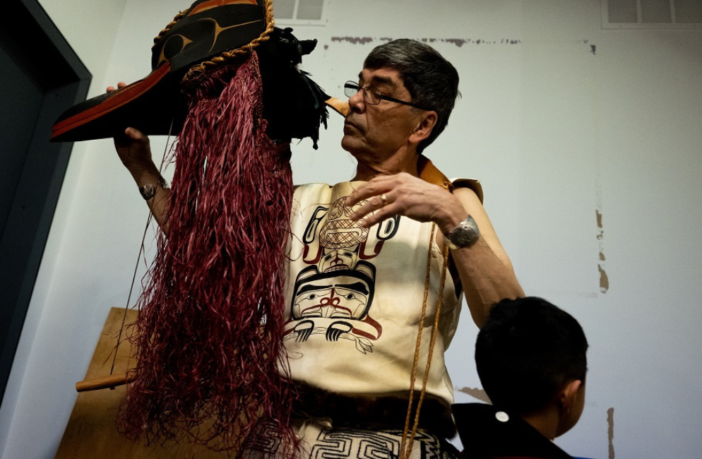By Fawzia Reza
The Native American Graves Protection and Repatriation Act (NAGPRA), established in 1990, recognizes and safeguards the rights of federally recognized Native American tribes, Native Hawaiian Organizations and lineal descendants regarding human remains, funerary objects, sacred objects and objects of cultural patrimony. Specifically, it facilitates repatriation of human remains, funerary and sacred objects to their respective tribes or lineal descendants. In addition to streamlining the repatriation process and requiring informed consent, NAGPRA also requires museums and federal agencies to consult and update inventories of human remains and associated funeral objects. This legislation addresses historical injustices stemming from the marginalization and lack of respect towards Native Americans, exemplified by events such as the forced relocation known as the Trail of Tears.
Native American activism in the 1960s catalyzed initial discussions about the historical injustice. Despite opposition from some museums and archaeological organizations, who were concerned about the effects on future research and the fate of their display collections, the United States Congress acknowledged that human remains and other cultural items removed from federal or tribal lands belong to lineal descendants, Indian Tribes and Native Hawaiian organizations. Congress also encouraged a continuing dialogue between museums and Indian Tribes and Native Hawaiian organizations to promote greater understanding between the groups while at the same time recognizing the service served by museums in preserving the past. NAGPRA also ensures crucial protections, including consultation with the tribes before archeological excavation, prohibition of illegal trade of Native American artifacts and consent from tribes before displaying their artifacts.
There have been several positive outcomes after NAGPRA became law. For example, after significant efforts, in 1999, the Lakota tribe was able to secure the return of the Lakota Ghost Shirt from the Kelvingrove Art Gallery and Museum in Glasgow to the Wounded Knee Survivors Association. The shirt was an important element of the Native American Ghost Dance Religion and was worn by dancers who believed it to have supernatural powers and be impermeable to bullets from the white man. The Ghost Dance religion was one of the largest Native American movements of the 19th century. It was a response to many years of disease, warfare and oppression caused by the white settlers. The Lakota Ghost shirt was removed from the body of a Lakota warrior killed in the Battle (Massacre) of Wounded Knee in 1890 and is especially poignant because it has several bullet holes. George Craiger, a Lakota interpreter in the Buffalo Bill Wild West Show, offered the shirt to the Glasgow Museum, where it was displayed from 1892 to 1999. The Lakota people now plan to display the shirt at the Cultural Center of the Cheyenne River Sioux tribe in Eagle Butte, South Dakota.
Other notable repatriations by institutions like Cornell University and Colgate University underscore ongoing efforts to address past wrongs. Cornell University recently repatriated three Oneida ancestors to their tribal nations after they had been dug out of the ground and kept in their anthropology department for 60 years. Colgate University returned 1,500 funerary objects excavated from burial sites to their respective tribes during a repatriation ceremony in 2022. The American Museum of Natural History, which housed an Iroquois longhouse and a model of a Menominee birchbark canoe, has closed its exhibit, and the Field Museum in Chicago has also covered some of their displays of Native American artifacts, pending consultation with the tribes represented in these collections.
However, challenges related to the uneven implementation of NAGPRA remain, and some institutions are failing to comply with the law because of difficulties in tracing remains or because they prioritize research over repatriation. Some artifacts are not even in the United States, and since there are no agreements between the U.S. and foreign governments regarding repatriation of these items, their return is at the discretion of each organization that currently has custody. Returning artifacts empowers tribes to preserve their heritage according to their customs, ensuring rightful stewardship and respect for their cultural legacy. Therefore, it is imperative to continue efforts to repatriate these items and establish accountability measures to honor Native American cultural and religious traditions.
Explore more articles for the Native Origins Community here.



